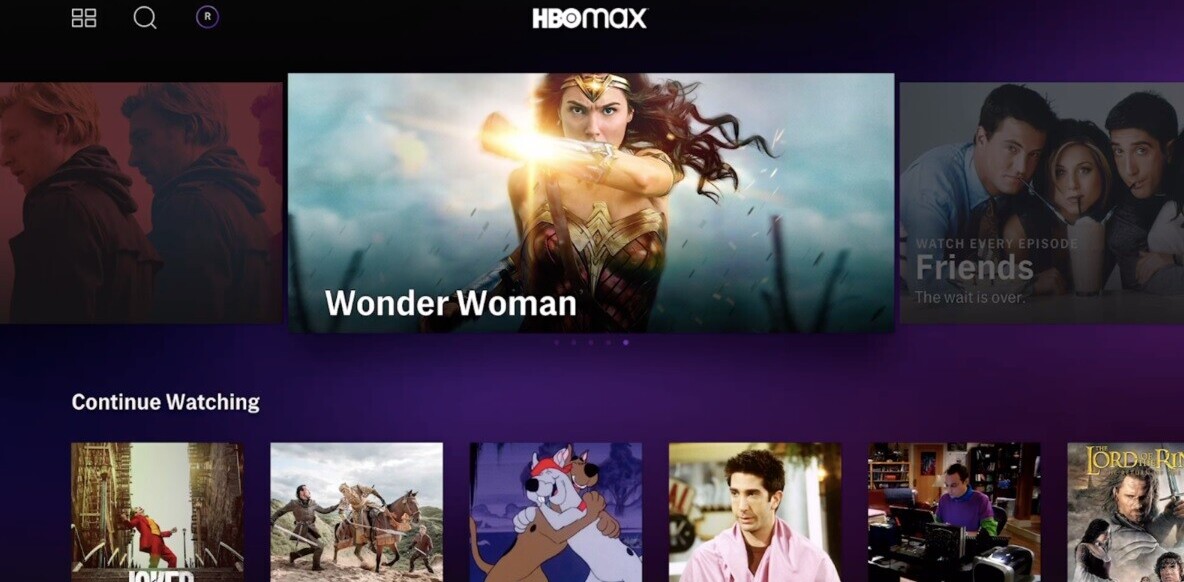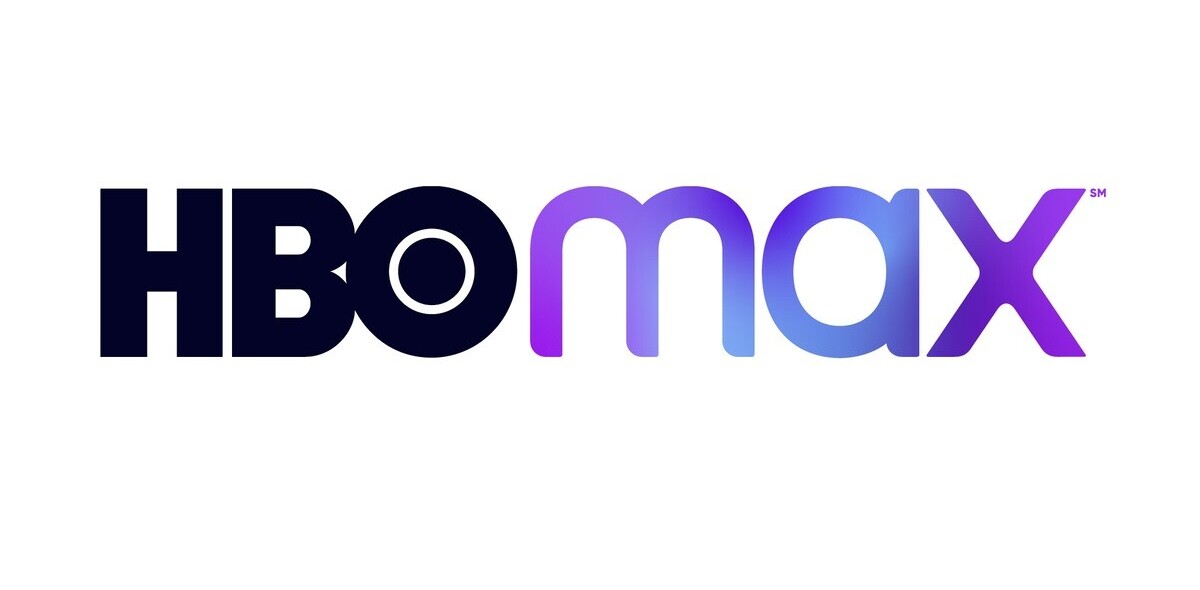
According to the translation firm Smartling, native English speakers only represented 3% 27% of the total Internet population in 2011. Yet, 56% of online pages are English-only. So how do we break language barriers online? Well, here are a few tools that can help you browse content in a language you don’t speak – pages of course, but also video and even speech.
Linguee, tapping into the translation memory
I find myself increasingly using Linguee as my top translation source, especially to look up for a specific expression – the kind of tasks at which tools such as Reverso usually fail.
The reason for Linguee’s superiority is very simple: this Germany-based startup actually works as a search engine. Instead of computing expressions, it taps into a vast base of high-quality bilingual resources to find language pairs that were created by professional translators – for instance, content from the European institutions. In other words, instead of doing the same work over and over, we can now rely on existing translations. How do you say ‘nani gigantum humeris insidentes’ in English again?
Google Translate, automatically translating the equivalent of 1 million books a day
No matter what purists may think of statistical machine translation, Google Translate fully deserves to be on this list. Of course, its results are still far from perfect at this stage, but there’s no arguing about it. How long would you have spent on a Japanese website without understanding Japanese if Google Translate didn’t exist? Yet, we now routinely find ourselves browsing foreign pages — because we care about their content enough to go past the translation’s imperfections.
The most impressive aspect of Google Translate is its scale. It has over 200 million monthly active users, and translates as much text in a day as you would find in a million books.
Interestingly, Google Translate now allows website owners and visitors to edit translations thanks to an experimental plugin which also reminds us a lot of what Worldwide Lexicon has been working on for the past few years.
Worldwide Lexicon, leveraging your community’s skills to translate websites
Recently acquired by Gengo, Worldwide Lexicon hopes to get the best of both worlds, artificial and human. According to its founder Brian McConnell, it is very easy for bilingual speakers to spot and correct mistakes in an automatic translation. Hence its approach, which consists of finding people willing to use its plugin to proofread and improve machine translations of your website. Here’s a video presentation:
As you can hear in the video, Worldwide Lexicon is able to find professionals willing to contribute to this task for a small fee. Still, its core target remains the amateur translating community: people who love your website, happen to speak another language and are willing to volunteer to help you translate your content as long as they are given open source tools to easily do so.
Amara, crowdsourcing subtitles
While Amara shares many characteristics with Worldwide Lexicon, such as its open source and crowdsourced approach, there’s one big difference. It focuses on subtitles (it was previously known as Universal Subtitles). In practice, that means that it could make millions of hours of video accessible to people who don’t speak the original language in which they were recorded.
It is also worth noting that Amara now has the financial resources it needs to support its ambitions. It recently received a $1 million investment from the Knight Foundation and Mozilla, which will help spread the word about the site and recruit volunteers, while reinforcing its Enterprise offering.
According to its parent non-profit, Participatory Culture Foundation (PCF), the platform’s users have already translated over 170,000 videos since its founding in 2010, including popular videos such as President Obama’s message to Sudan.
Smartling and Easyling, competing for the website translation market
Smartling and Easyling may be competitors, but they have one thing in common: they hope to make high-quality translation available to any website owner. Said Smartling’s founder Jack Welde:
“Quality web translation should be available for any business, not just for major corporations with massive localization budgets. With great feedback from our enterprise users, such as SurveyMonkey, we’ve simplified the traditionally complex and costly translation workflow and re-applied it for the pace of Web 2.0 businesses.”
More recently, private social networking app Path has announced that it would use Smartling’s service to localize its product in 20 languages. As for Easyling, it won the How to Web Startup Challenge in Bucharest last year.
Both Smartling and Easyling follow similar steps; after extracting the content of your website, they send it to some of their native translators. But the most interesting part is change detection, an essential feature since sites today are rarely static.
Transfluent, eradicating language barriers in social media
Transfluent is the youngest service on this list. Launched by the language community Xiha, its goal is to use human translators to translate social media messages in real time (see our previous story). It is a promising field, and one that traditional tools usually struggle with, due to the large amount of colloquialisms and abbreviations contained in your average tweet or Facebook post.
The team and advisors behind Transfluent are particularly interesting, TNW’s Jamillah Knowles found that “like Xiha, Transfluent’s senior advisors include Louis Castle, VP of Studios at Zynga, Peter Vesterbacka of Rovio, home of Angry Birds and Paul Bragiel, founder and partner at i/o Ventures. That’s an interesting selection of game, mobile and investment support rolled into a translation service.”
Babelverse, disrupting interpretation
As you may remember, Babelverse officially unveiled its public beta during The Next Web Conference in Amsterdam last April. Yet, you may find it hard to believe that its service exists: doesn’t real-time speech interpretation sound like pure science-fiction? But if you are still having doubts, we can confirm that the startup has proven multiple times that its platform is fully operational.
As a matter of fact, it even powered the live interpretation of The Next Web’s conference panels into Spanish and Portuguese, which some of you may have followed. Conferences aside, Babelverse is also targeting the video segment – either recorded or live broadcasts.
More importantly, we are talking about high-quality interpretation, performed by native speakers which form part of Babelverse’s community. While automated voice interpretation tools have been creeping up in the App Store thanks to the growing popularity of speech recognition, they offer disappointing results at best — at least for now.
What’s next?
Machine translation for spoken language may not be quite there yet, but several analysts predict it will catch up with humans sooner than you may expect. One of them is Singularity University’s co-founder Ray Kurzweil. In one of his books, The Age of Spiritual Machines, the futurist predicted that spoken language translation would be common by the year 2019 — and he is now taking his predictions one step further in this video:
As you can hear, Kurzweil expect machines to reach human levels of translation quality by 2029. Don’t hold your breath, though: as he points out, human translation itself can’t be perfect, as words alone cannot convey a culture. His conclusion? It is still more than worthwhile to learn foreign languages – and we couldn’t agree more.
Image credit: Nicolas Giorgetti
Get the TNW newsletter
Get the most important tech news in your inbox each week.





